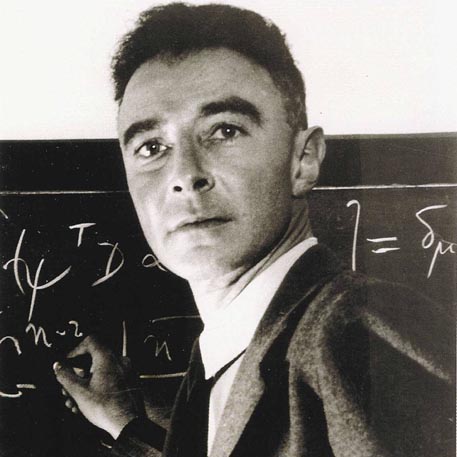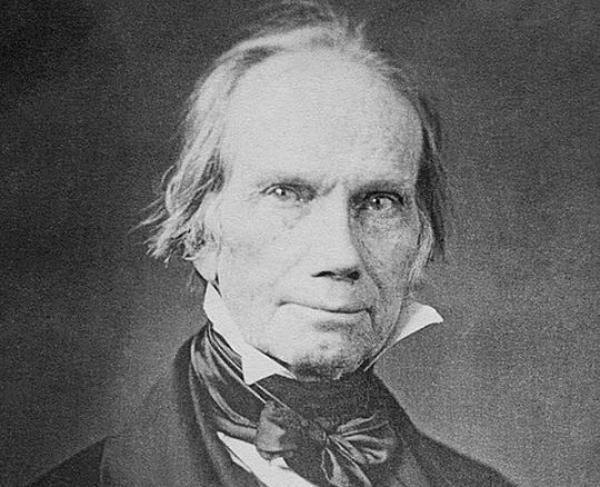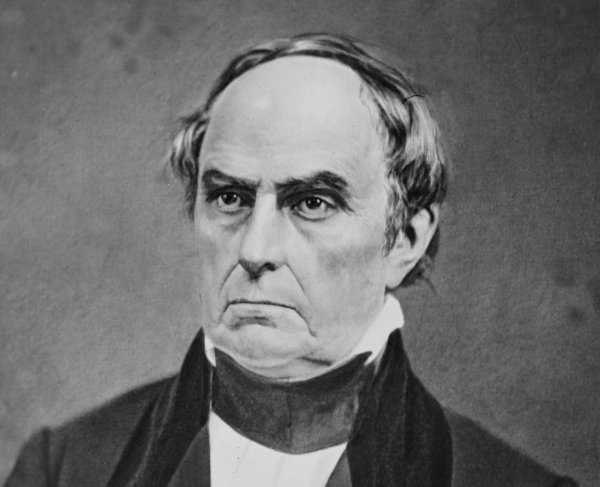
As American moviegoers obsess over two films, “Barbie” and “Oppenheimer” I decided to view substance over pure glitz, and I guess entertainment. On opening day, I went to see “Oppenheimer” and I was duly impressed with the acting, dialogue, and overall historical presentation. The film was based on Kai Bird and Martin Sherwin’s 2005 biography AMERICAN PROMETHEUS: THE TRIUMPH AND TRAGEDY OF J. ROBERT OPPENHEIMER a book that stood tall on one of my bookcases for eighteen years – it was time to engage.
Kai Bird, a superb biographer with credits like THE CHAIRMAN, the life story of John J. McCloy, THE COLOR OF TRUTH, a dual biography of the McGeorge and William Bundy, and THE OUTLIER: THE UNFINISHED PRESIDENCY OF JIMMY CARTER tams with Martin Sherwin, who passed away in 2021 known for his seminal work on the atomic bomb in A WORLD DESTROYED: THE ATOMIC BOMB AND THE GRAND ALLIANCE in 1975 and updated in 2003, and GAMBLING WITH ARMAGEDDON: NUCLEAR ROULETTE FROM HIROSHIMA TO THE CUBAN MISSILE CRISIS in 2022. Both authors are known for their assiduous research, thoughtful analysis, and command of historical sources and other materials. Their joint effort supports that evaluation of their previous work and is certain to remain the most important study of Oppenheimer.
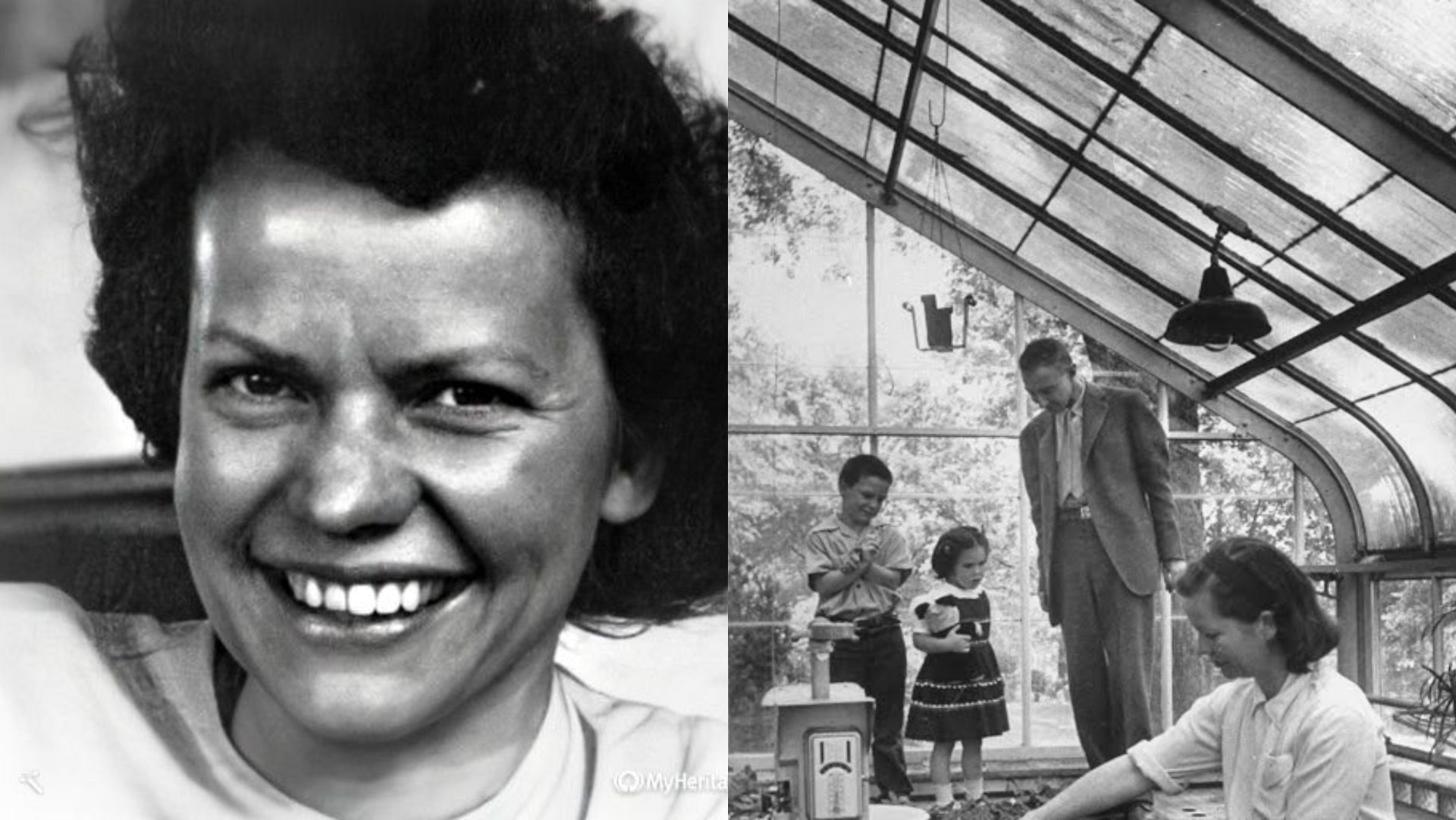
(Kitty Oppenheimer, Peter, Toni, Robert)
Oppenheimer’s life is a dichotomy which the author’s describe as an irony of “a life devoted to social justice, rationality and science would become a metaphor for mass death beneath a mushroom cloud.” In tracing the evolution of Robert’s life we discover an individual who was raised in a household that stressed fairness and integrity, a commitment to scientific learning and progress, teaching the next generation, and a belief that what he had achieved by overseeing the development of the atomic bomb was necessary because of the aegis of war and realized that history had changed leading to taking the necessary steps by sharing the science to prevent a nuclear arms race. During Robert’s journey he became involved in left wing movements in the 1930s, particularly through speeches and donations involving republican forces in the Spanish Civil War, the unionization of teachers and professors at the University of California, Berkeley, and other causes which fostered the belief that he was a communist. But in reality, Oppenheimer was nothing more than a typical fellow-traveling New Deal progressive, even though J. Edgar Hoover and the FBI did not think so and would hound him well into the 1950s.
The author’s monograph is all encompassing. They provide insights into most aspects of his private life. Their “microscope” encompasses friendships, colleagues, family life – particularly his marriage to Kitty. They conclude that though they lacked parenting skills, suffered from personality defects they loved each other deeply and were mutually dependent. It was clear Robert was a polymath whose knowledge of science, literature, poetry, and music dominated his interests. Bird and Sherwin gather the most important aspects of Robert’s life in a well-written engrossing narrative interspersed with concrete analysis directed at the myths and inaccuracies that have been associated with his life. To begin, there was no evidence that Robert was a member of the Communist Party no matter how hard the US Army, Intelligence agencies, politicians, and those jealous of his work tried to prove it. He did associate with known communists, most importantly, Jean Tatlock, the love of his life who eventually committed suicide with whom he carried on long relationship even after he was married, and his brother Frank, also a physicist who was a party member who Robert would eventually bring to Los Alamos. For Robert, his support rested on social causes and what he considered right and membership in the party by friends and colleagues was not of primary importance.

(Niels Bohr)
Bird and Sherwin do a credible job laying out the leftist’s ideological currents of the 1930s focusing on Haakem Chevalier, a French literature professor at Berkeley who was a committed communist who was suspected of being a conduit for scientific information to the Russians because of his friendship with Robert. Chevalier and Tatlock were successful in moving Robert from theory to action when it came to social causes.
The names and beliefs of countless individuals associated with Robert come to the reader at a steady pace. A roster of the most important and brilliant physicists of the age appears. Most prominent was Neils Bohr, the Danish physicist who won the Nobel Prize in 1922 and was committed to an “open world” by sharing scientific discoveries to prevent future wars; the German scientist Werner Heisenberg who conducted atomic research for the Nazis; Ernest Lawrence, an American nuclear physicist who won a Noble prize in 1939; Isidor I. Rabi, another American physicist who won a Nobel Prize in 1944; Edward Teller who evolved into a jealous enemy of Oppenheimer and after the war pushed for a hydrogen bomb and replacing Los Alamos with Livermore under his leadership; among many other scientists. Apart from the scientific community the authors zero in on Robert’s relationship with General Leslie Groves who was in charge of the A-Bomb Project. The two men generally liked each other as they believed they could outmaneuver each other. Groves ruled by intimidation, Robert by his charismatic authority. Groves questioned Robert’s administrative experience and whether he was a security risk, but he soon came to realize that he was the best person to oversee the project.

(Edward Teller)
The Groves-Oppenheimer relationship was emblematic of the relationship between the Army and the scientists as the nuclear physicists believed that the military’s security protocols hindered their work. The Army bureaucracy was very suspicious of the leftists’ backgrounds of many of the scientists and it placed Robert and his colleagues under surveillance including illegal wiretaps throughout the period. Other important non-scientific personalities included Lt. Colonel Boris Pash who was in charge of security at Los Alamos and did not trust Robert, and Lt. Col. John Landsdale, Groves’ security aide who would come to accept Oppenheimer as a loyal American.
In relating their narrative, the authors integrate a great deal of dialogue taken from Robert’s papers, interviews, and other sources. It provides the reader with a certain intimacy with the characters and one can develop a very close relationship with Oppenheimer as you read on. In comparing the film to the book, it is obvious that a great deal of the actor’s dialogue and conversation comes directly from Bird and Sherwin’s research.
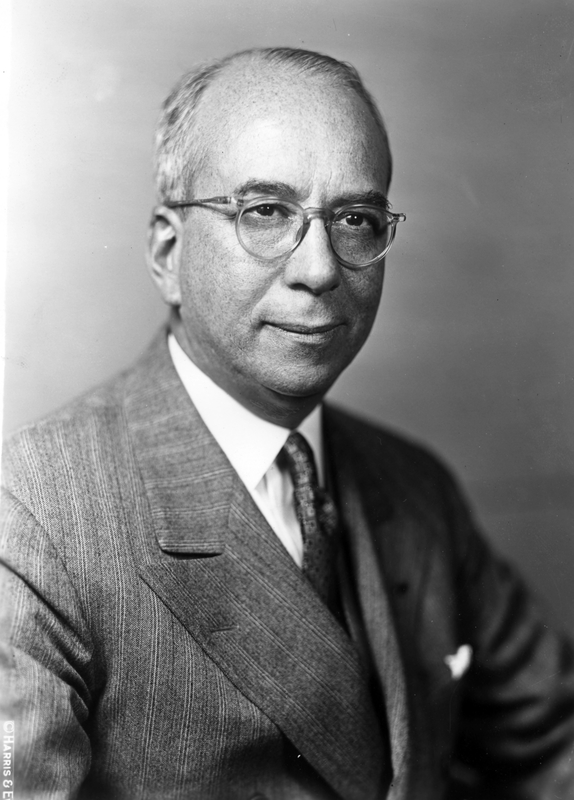
(Lewis Strauss)
A key theme that the authors develop is that once Robert is chosen as the director of a weapons laboratory he had to learn to integrate the diverse effort of the far-flung sites of the Manhattan Project and mold them into a usable atomic weapon. He would develop skills he did not yet possess, deal with problems he could not imagine, develop work habits entirely at odds with his previous lifestyle, and adjust to modes of behavior that were emotionally awkward and alien to his experience – Oppenheimer would remake a significant part of his personality, if not his intellect in a brief period of time to succeed. Once Robert realized that the Nazis were working on the bomb it became his mission to develop one for the United States first. Another theme that repeats throughout the book is that Robert’s statements, support for causes, association with colleagues would come back to haunt him after the war as the United states entered the McCarthy period of political paranoia when it came to communism.
To the author’s credit, there is no mathematics and little physics in the book which made it so readable. Bird and Sherwin concentrate on an intimate portrayal of Oppenheimer. As James Buchan wrote in his February 1, 2008, review of The Guardian; here, as it were, are the cocktails and wiretaps and love affairs of Oppenheimer’s existence, his looks and conversation, the way he smoked the cigarettes and pipe that killed him, his famous pork-pie hat and splayed walk, and all the tics and affectations that his students imitated, and the patriots and military men despised. It is as if these authors had gone back to James Boswell, who said of Dr Johnson: “Everything relative to so great a man is worth observing.”
Oppenheimer would become haunted by Hiroshima and came to believe that the Japanese were essentially defeated before the bomb was dropped. After the war as Director of the Institute for Advanced Study at Princeton and as advisor to the new Atomic Energy Commission he tried to gain support for international control of nuclear weapons. He tried to convince President Truman to support his efforts, but Truman labeled him “a crybaby.” The military and Lewis Strauss, a former banker appointed by Truman to chair the Atomic Energy Commission hated Oppenheimer because of his opposition to plans to build a “super” or hydrogen bomb more powerful and lethal than anything developed previously.
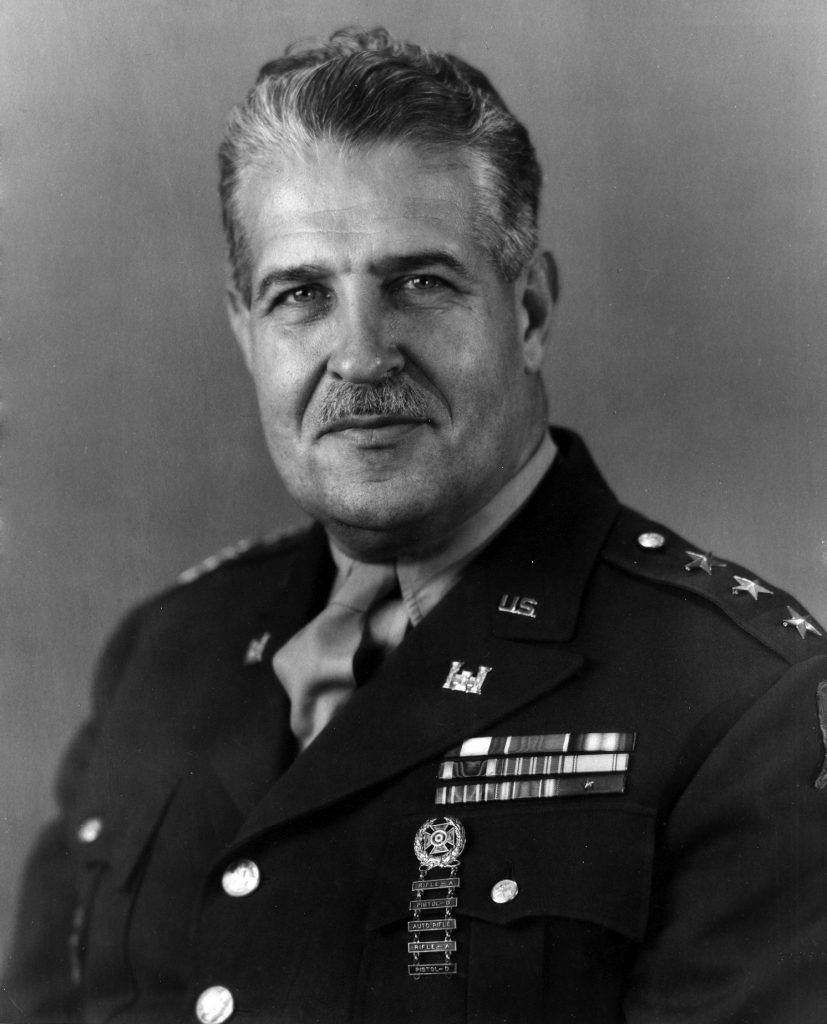
(General Leslie Groves)
The section of the book that runs about 70 pages provides insights into the political atmosphere in Washington in the early 1950s. Strauss hated Oppenheimer for his suspected betrayals and his personality and in 1953 sought to revoke Robert’s security clearance. The April 1954 Gray Board Hearing, brilliantly portrayed in the film, reflects how a man can lose his head and be totally disgraced by Strauss and Hoover who were convinced Oppenheimer was about to defect to the Soviet Union. The authors are correct in pointing out that the persecution of Oppenheimer showed liberals that the rules of the national security game had changed. “Now, even if the issue was not espionage, even if one’s loyalty was unquestioned, challenging the wisdom of America’s reliance on a nuclear arsenal was dangerous. The Oppenheimer hearings thus represented a significant step in narrowing the public forum during the early cold war.” The authors are correct when they argue further that Stalin had no designs on Western Europe after the war and once he died there was an opportunity to engage the Russians in arms control talks and prevent a hydrogen bomb fueled nuclear arms race. However, the Eisenhower administration never tried to approach the Kremlin over arms limitation.
Bird and Sherwin worked on their account for almost thirty years analyzing Oppenheimer’s behavior from many vantage points. What emerges is a biography that aligns its subject’s most significant decisions with his early education and his ultimate undoing. The book succeeds in providing an understandable description of their subject even the paradoxical aspects of his personality. As an aside, the movie was well done, but it does not compare to the book. In closing it is clear that writing a biography that stresses the intellect of its subject, is an art form – these two gentlemen are masters!
